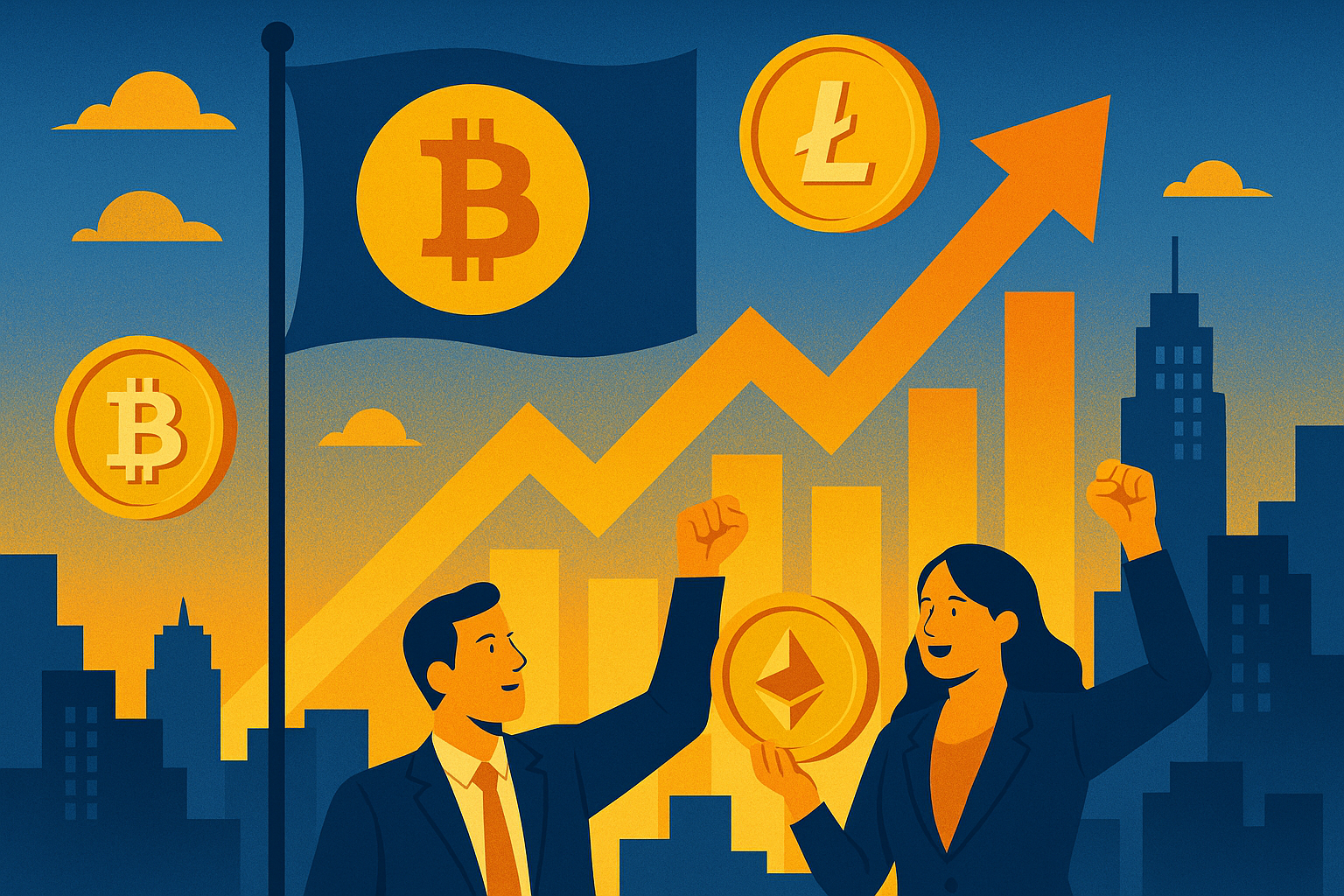Breaking news out of Seoul has my Telegram pinging like crazy. Turns out a fresh survey from the Hana Financial Research Institute just revealed that a whopping 70% of South Korean respondents plan to boost their crypto bags within the next 12 months. Only 27% of the 1,000 people polled (ages 20-59) are already holding, yet nearly three-quarters want in for more.
Okay, so my first reaction was, “Wait, didn’t the whole Terra/LUNA implosion torch a ton of Korean investors last year?” Apparently short-term trauma doesn’t kill long-term FOMO.
Here’s What Actually Happened
The institute ran the survey in late Q3 2023. Out of the 1,000 folks questioned:
- 273 said they already own crypto. No surprise there—Upbit & Bithumb have been clocking record volumes lately.
- ~700 (technically 699, but who’s counting?) said they either plan to stack more sats or finally jump in over the next year.
- The average intended allocation: ¥3.3 million KRW (about $2,480 USD at today’s rate). That’s not pocket change—especially for retail consumers juggling Seoul rent prices.
Digging deeper, Hana’s data shows 20-something respondents are the hungriest, with 78% of that age group screaming “LFG” in the questionnaire. Honestly, that tracks with what I see on Korean crypto Twitter—tons of Gen Zers comparing price charts instead of K-pop dance covers (well, maybe both).
Now Here’s the Interesting Part
You’d think the ghost of Do Kwon would keep people away, right? Nope. The survey says confidence actually improved versus last year. My guess: regulatory clarity and the rise of domestic exchanges meeting FATF standards has soothed some nerves. Plus, high-yield savings in Korea still sit around 2% APY, while staking ETH on Korbit nets closer to 4%. Do the math.
And let’s not ignore the cultural angle: South Korea has always embraced early tech adoption. Remember when everyone was rocking 5G Samsung flips before the rest of us ditched our iPhone 6s? Same vibe with crypto wallets.
But Wait—A Quick Reality Check
“Interest alone doesn’t equal sustainable demand.” – My late-night Discord reminder to myself
I’m excited, sure, but I’m also cautious. The survey measured intent, not guaranteed buys. Anyone who’s watched Bitcoin drop $6k in a single Korean lunch break knows sentiment can vanish faster than you can say "kimchi premium." Timing matters.
Still, the numbers line up with recent on-chain activity. Glassnode flagged a 15% uptick in Korean-originated BTC inflows to exchanges since July. On the NFT side, P2E title Axie Infinity: Origins quietly re-entered the top 10 downloads on the Korean Google Play charts last week. That can’t be coincidence.
Why This Matters for Your Portfolio (Even If You Don’t Live in Seoul)
1. Liquidity boost: If Korean retail truly piles back in, expect higher volumes on major pairs—especially BTC-KRW and ETH-KRW. Historically, that’s pushed global prices during Asian trading hours.
2. Altcoin rotations: Korea loves mid-caps. Remember ICON (ICX) doing 20x back in 2017 on pure local hype? Watch for similar regional favorites: FNCY, Klaytn, maybe MED.
3. Exchange tokens: I’m eyeing Upbit’s DIGNU token (if they ever launch it) or Bithumb Coin should that rumor finally materialize.
4. Regulatory spillover: Korean FSC rules often inspire other Asian watchdogs. Stricter KYC could hit cross-exchange arbitrage strategies you’re running.
A Tangential Thought on Cultural Exports
Random, but stick with me: I’ve noticed K-drama writers sneaking crypto plotlines into shows like Vincenzo and Money Heist: Korea. That mainstream exposure is free marketing you can’t buy with Super Bowl ads. The moment your mom’s favorite Netflix star mentions staking, you know the awareness curve is bending upward.
So, What Am I Doing Personally?
Full disclosure: I own a smidge of KLAY and a bit of BTC parked on Upbit (mostly to experiment with their auto-staking). After this survey, I’m thinking of dollar-cost-averaging a little heavier into ETH on their KRW pair. I’ll probably avoid ultra-hype Korean memecoins—no desire for a repeat Squid Game rug pull.
I’m also watching Ledger Live metrics and CryptoQuant’s Korea Premium Index (KPI). If the KPI spikes above 5%, that’s usually my cue that retail mania is back and it might be time to trim gains.
Let’s Wrap This Up
Bottom line: Koreans aren’t done with crypto—far from it. The Hana survey shows pent-up demand, and historic data suggests when Korean retail moves, the rest of the market notices. Is it a guaranteed bull-run catalyst? I can’t say with 100% certainty, but I’m definitely adjusting my watchlist.
Call to action: If you’re trading during Asian hours, maybe set extra alerts on BTC-KRW and ETH-KRW. And if you have Korean friends still on the fence, send them this article—and remind them to at least enable 2FA, okay?



